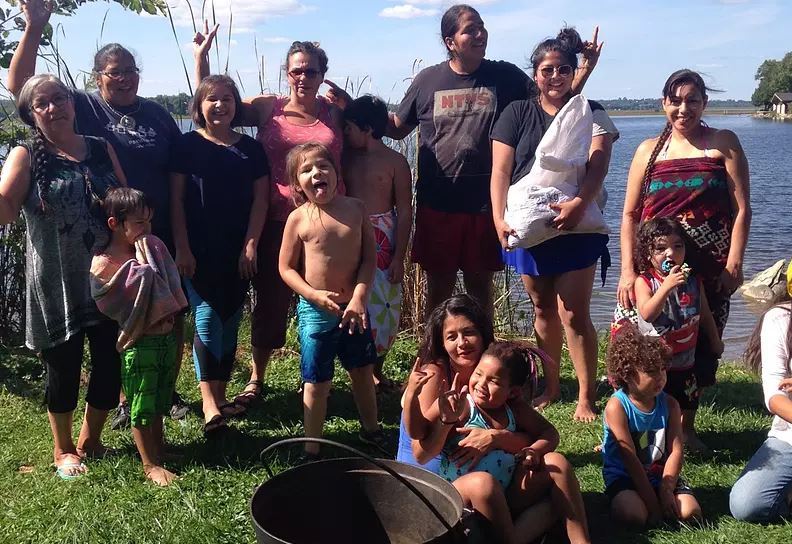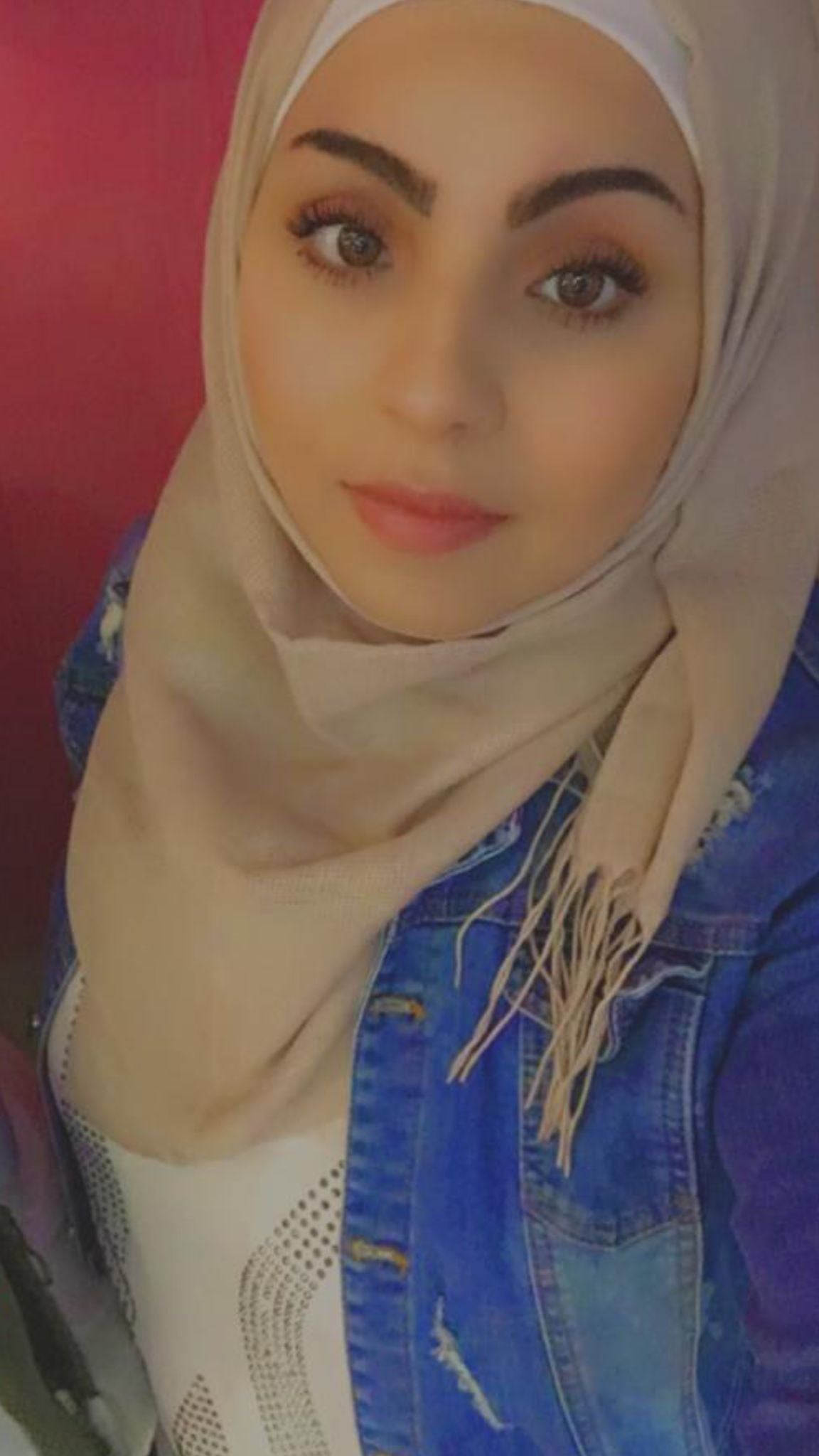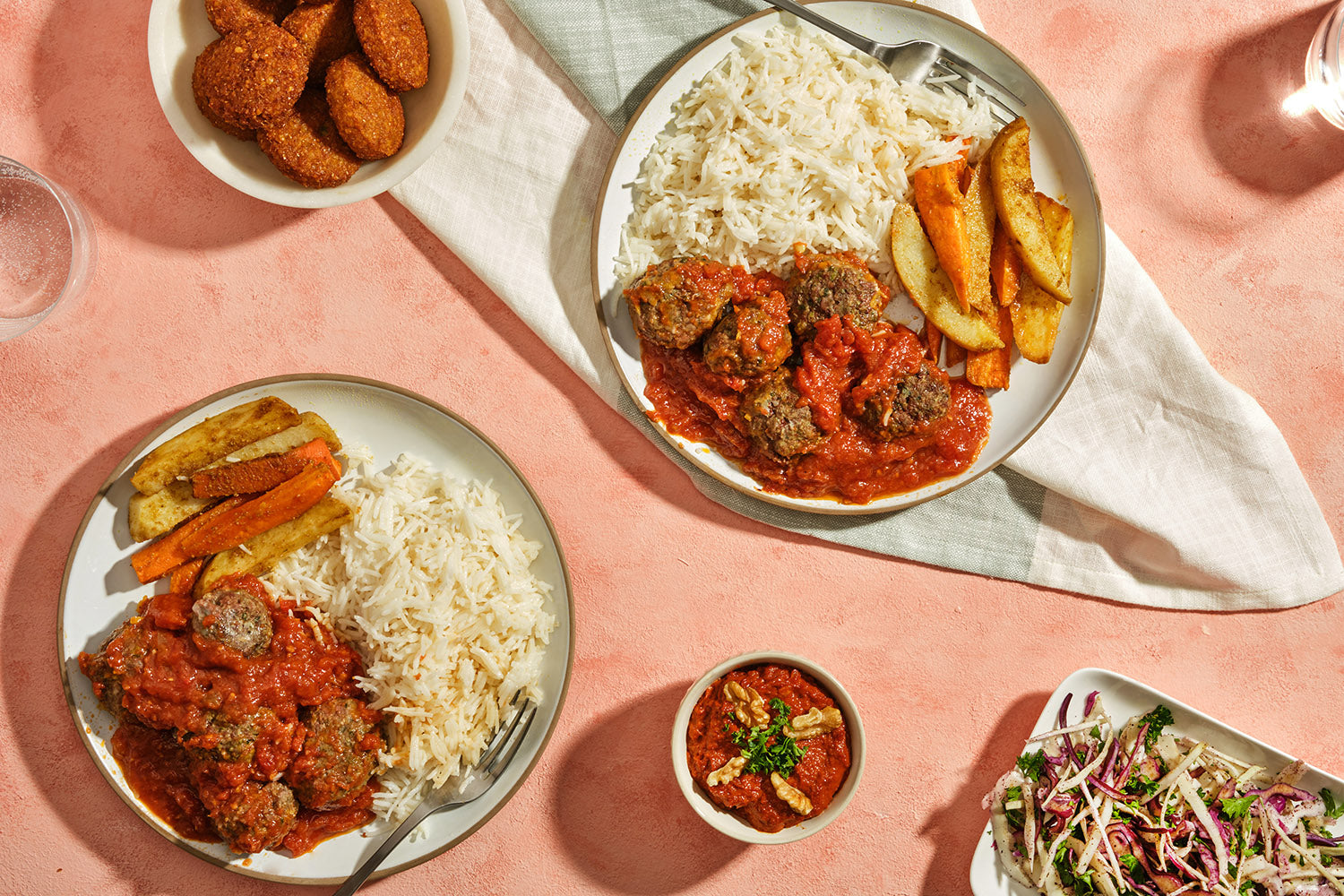As part of our Stories of Strength this July, Tayybeh is thrilled to highlight five Indigenous businesses, persons, and initiatives who exemplify resilience and contribute to their communities and the country in a way that deserves recognition and celebration.
As a social enterprise that employs newcomer Syrian women on unceded Sḵwx̱wú7mesh (Squamish), Stó:lō and Səl̓ílwətaʔ/Selilwitulh (Tsleil-Waututh) and xʷməθkʷəy̓əm (Musqueam) Nations’ land, it is our responsibility to acknowledge, support, and celebrate the ingenuity, innovation, and beauty of First Nations initiatives that are making a difference.These persons and businesses not only inspire and motivate us, but demonstrate the spirit of the just, compassionate, hospitable, egalitarian and prosperous country we hope to build together.
Here are their stories.
Sequoia

Named after the ancient Sequoia tree who represent strength (with a lifespan that can reach 3000 years), owner Michaelee Lazore launched her own brand of beauty products in 2002. Her inspiration? A lack of locally-made products, and none made by an Indigenous company. “Smells such as Sweetgrass, Cedar, Sage were not commonplace back then”, she says, “and those were some of my favorite smells I could not find anywhere.”
Michaelee’s grandmother, who made cradleboards, beadwork, and hide work throughout her life, was the catalyst who inspired Michaelee to launch her own business. Once an engineer designing roads, sewers and ditches, Michaelee pursued her career backed by the confidence her grandmother gave her to create beautiful things. Sequoia now stocks exquisitely scented soaps, bath products, scrubs, moisturizers, candles, oils and incense.
Michaelee is Kanien'kehá:ka (Mohawk) from Akwesáhsne and Northern Paiute from Nevada. The design, production, and packaging of all Sequoia’s products is done in the working studio locally, with no outsourced manufacturing. The company’s ingredients are ethically sourced and the production is sustainable in order to preserve the environment for future generations.
Learn more about Sequoia
Learn more about Sequoia
Sharifah Marsden

Hailing from the Mississaugas of Scugog Island First Nation, Ontario, Sharifah Marsden is a multifaceted Anishinaabe artist who draws from her knowledge of the Woodlands Style of Art and Traditional Beadwork and Weaving. She creates unique works of acrylic paintings, beadwork and engraved jewelry.
A graduate from the Northwest Coast Jewelry Program at The Native Education College (NEC) 2010 and the Goldsmithing Program at Vancouver Metal Arts in 2015, Sharifah went on to become an Instructor at the Native Education College. She has also been commissioned to create the mural in the Justice Institute of BC, and has exhibited her “Motherhood” series at the Georgia Studios (C3) in Vancouver, BC.
Beekeeping program, Tsuu T'ina Nation

In a First Nations community near Calgary, members of the Tsuu T'ina are turning their hand towards raising honey bees. Chief, Lee Crowchild, organized a training session that attracted more than a dozen participants. He brought in 10 hives, which are spread out among himself and four other families.
"You hear all the stories about bees being endangered and I can understand that on a global scale," Lee told CBC News. "I think what's more in tune here is a teaching tool. It's a chance for the community to re-establish a symbiotic relationship with the land. Then you're humbling yourself enough to say ‘I've got these bees, I'm going to help them do what they do.’"
Lee predicts the hives will produce around 225 kilograms of honey this fall, which he plans to distribute to community members along with the wax, which has many uses. In 2022, his aim is to expand the project to 100 hives and produce honey for profit to create an economic opportunity for the First Nations community.
Black Duck Wild Rice

For the last 38 years, Black Duck Wild Rice has been rehabilitating, protecting, and promoting wild rice. Founded by James Whetung of the Black Duck clan, the company was founded by James’s determination to tackle the food security crisis, which negatively impacted the health and wealth of the community.
His goal was to restore the rice in Rice Lake, which he has achieved through rehabilitation practices. Black Duck Wild Rice now provides consultation services to communities and individuals interested in rehabilitating wild rice - including in-person site visits, estimations for seed amounts required and demonstrating planting techniques.
The company also offers experiential workshops, where people from all backgrounds learn about the history of Manoomin - the Ojibwe term for wild rice - and have the opportunity to participate in the gathering, roasting, dancing, and winnowing of the wild rice.
His goal was to restore the rice in Rice Lake, which he has achieved through rehabilitation practices. Black Duck Wild Rice now provides consultation services to communities and individuals interested in rehabilitating wild rice - including in-person site visits, estimations for seed amounts required and demonstrating planting techniques.
The company also offers experiential workshops, where people from all backgrounds learn about the history of Manoomin - the Ojibwe term for wild rice - and have the opportunity to participate in the gathering, roasting, dancing, and winnowing of the wild rice.
Quill Violet

Quill Christie-Peters is an Anishinaabe arts programmer and self-taught visual artist, who lives in Northwestern Ontario. Quill currently works as the Director of Education and Training for the Aboriginal Curatorial Collective, where she is coordinating the Emerging Curatorial Training Program.
She’s also the creator of the Indigenous Youth Residency Program, an artist residency for Indigenous youth that engages land-based creative practices through Anishinaabe artistic methodologies.
Quill holds a Masters degree in Indigenous Governance on Anishinaabe art-making as a process of falling in love, and sits on the board of directors for Native Women in the Arts. Her written work can be found in GUTS Magazine and Tea N’ Bannock, and her visual work can be found on her Instagram, @raunchykwe.
She’s also the creator of the Indigenous Youth Residency Program, an artist residency for Indigenous youth that engages land-based creative practices through Anishinaabe artistic methodologies.
Quill holds a Masters degree in Indigenous Governance on Anishinaabe art-making as a process of falling in love, and sits on the board of directors for Native Women in the Arts. Her written work can be found in GUTS Magazine and Tea N’ Bannock, and her visual work can be found on her Instagram, @raunchykwe.




Leave a comment
All comments are moderated before being published.
This site is protected by hCaptcha and the hCaptcha Privacy Policy and Terms of Service apply.